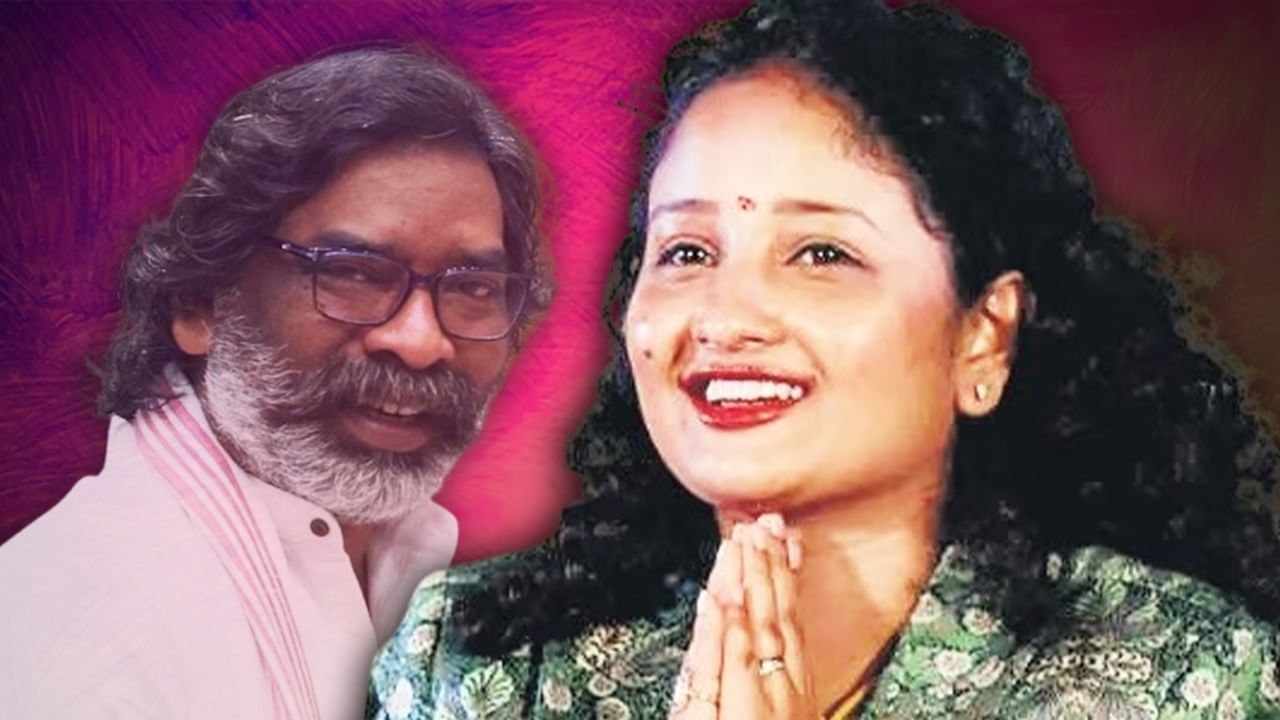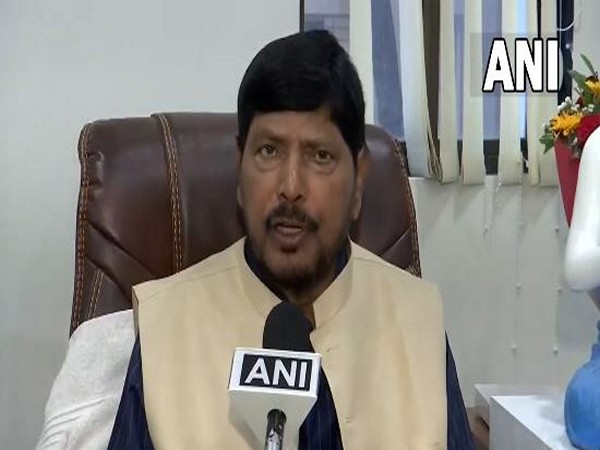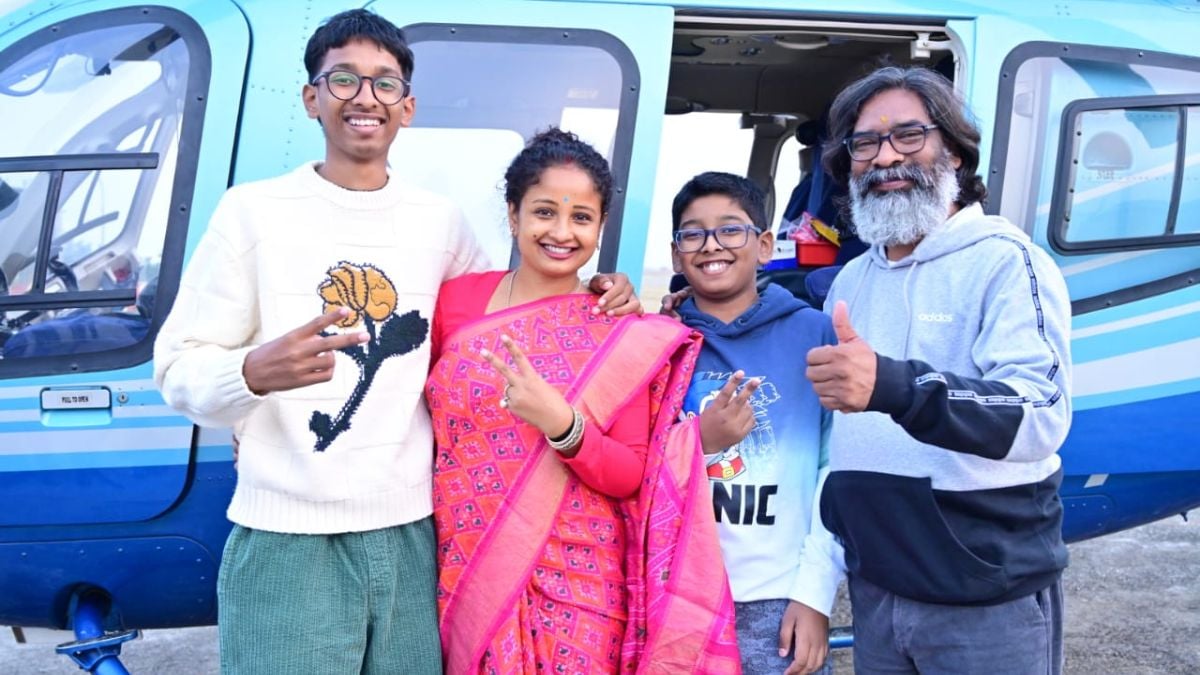THE Indian National Congress is what French scholar Maurice Duverger described in his classic Political Parties as an ‘epochal’ party, that is, it is a part of India’s epoch of independence.
However, between December 28, 1885, when 72 all-India delegates gathered in Bombay for the first session, and 2024, when it could return only 99 MPs in the Lok Sabha, the party today is recognisably different.
The Congress entered the 18th General Election in April-June 2024 struggling to survive and regain its all-India political relevance. Its Lok Sabha seats had sharply declined from 206 in 2009 to 44 and votes declined from 28.55 per cent to 19.31 per cent in 2014. In 2019, it won 52 seats with 19.49 per cent votes. But in both consecutive General Election, Rahul Gandhi’s leadership could not match the polarising charisma of Narendra Modi, who rubbed in the Congress’s tendency to sticking to the leadership of the Nehru-Gandhi family. The party also could not present a more imaginative alternative to Modi-BJP’s Hindutva. The grand old party’s record in the state elections that followed was also poor. It lacked a strategy against the predatory politics of the Modi-Shah-led BJP.
The 2024 General Election result – 99 Lok Sabha seats for itself and 235 for the Indian National Developmental Inclusive Alliance (INDIA) under the leadership of Rahul Gandhi – was its revival after a decade of political, organisational and electoral slump. The leadership confusion since Rahul Gandhi’s resignation as the party president in July 2019, taking full responsibility for the poll debacle, was also cleared with the party electing octogenarian Mallikarjun Kharge as the president in October 2022 after a three-year befuddled interim arrangement.
The 2024 General Election witnessed a self-assured Rahul Gandhi, mocked for his leadership capabilities for a decade, energising the party with a Kanyakumari-to-Kashmir Bharat Jodo Yatra and weaving the INDIA alliance in the face of a subterranean ennui against both the BJP and Modi. Though complex political manoeuvres and counter-alliance brought the Narendra Modi-led NDA to power, the BJP was robbed of absolute majority and Modi’s charisma, too, had lost its sheen. The Congress’ and INDIA’s performances gave a reason to smile as in Rahul Gandhi, the Lok Sabha had a Leader of the Opposition after a decade. INDIA had the numbers to breathe as the NDA was only 59 seats ahead. As a successful coalition strategy, INDIA still needs nurturing.
However, the October 2024 Legislative Assembly elections in Haryana demonstrated the party’s compendious weaknesses in winning a one-to-one contest by losing breath in breasting the tape. This was despite Rahul Gandhi’s leadership stock rising since the Lok Sabha elections and the Congress being on a firm wicket with its clear alternative to several disastrous policies of the BJP.
Earlier, it also lost Rajasthan, Madhya Pradesh and Chhattisgarh.
The issues that let the party down were related to organisation, leadership and internal contradictions. While Rahul Gandhi’s acceptance as a national leader still needs strengthening, credible leadership at each level of the Indian polity will give the Congress the spine to face the politics of Hindutva.
The Assembly elections in Maharashtra on November 20, 2024, with the Congress as a component of the Maha Vikas Aghadi (MVA), appear to be tough. Considering that for a long time Maharashtra was the Congress’ stronghold, the party must find its roots. Against the BJP-led Maha Yuti, formed on June 30, 2022, by engineering splits in the Shiv Sena and the NCP, the Congress also needs to build itself while supporting the MVA.
India in the 21st century has reached the stage of politics sans ideology. The Left ideologies have declined in India. The revival of India’s economic fortunes following the liberalisation of India’s tottering economy by PV Narasimha Rao and Manmohan Singh in 1991 has made the country walk confidently as an open-market economy despite regime changes. The socialism-based Nehruvian economy, which Indira Gandhi also followed, has lost its credibility. The Congress-led United Progressive Alliance, during its decade-long (2004-2014) rule, launched rights-based legislations and populist policies without adhering to socialism.
Since 2014, the Modi government has been promoting an aggressive market economy, with Hindutva as a vote-catching strategy. Whether it was the Lok Sabha or any Assembly poll, the latest being in Jharkhand, Modi leads from the front through divisive communal campaigns. The Congress has avoided falling in this trap.
To build itself as a viable national alternative, the Congress will need a strategy and a sound economic policy beyond cash-distributing populism to counter the BJP. It had come out with a sound manifesto – Nyay Patra – to return to its past moorings during the recent Lok Sabha polls; it must stick to that. Its limited gains since 2023 Karnataka elections have been by default – due to the declining politics of the BJP. Tremendous groundwork is needed for the party to turn around.
The Congress did not develop as a cadre party, but since the 1920s, Mahatma Gandhi had developed it as a mass party. Though its mass character had declined since the 1970s, the rise of Indira Gandhi did not turn it into a mass party either. Rahul Gandhi has been showing the way by meeting the people of all strata during his campaign for the party. A membership drive to build a mass base needs to follow.
However, a cadre of dedicated members from across the different strata of society is equally important. The organisational base at each level of society with periodic elections will develop the Congress as an institutionalised party. These steps must go hand in hand with contesting elections and governing states.





